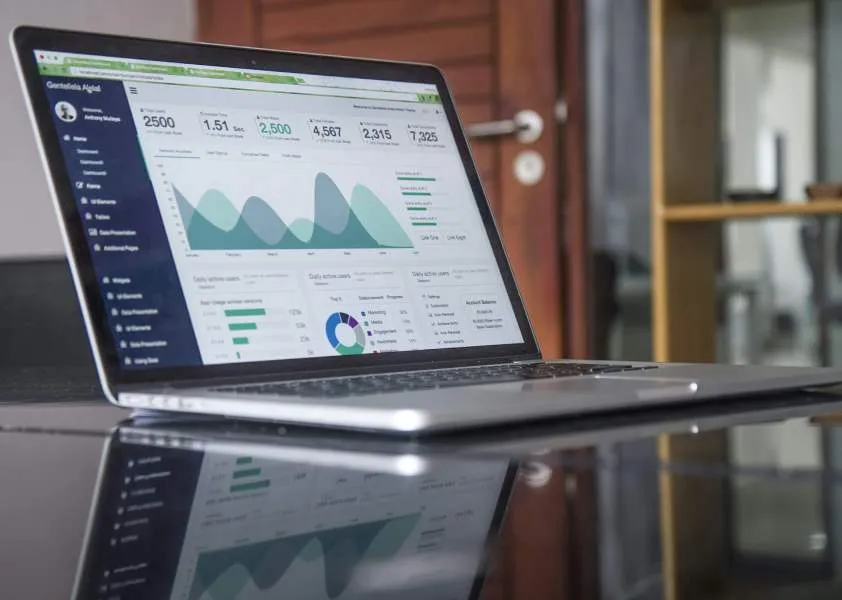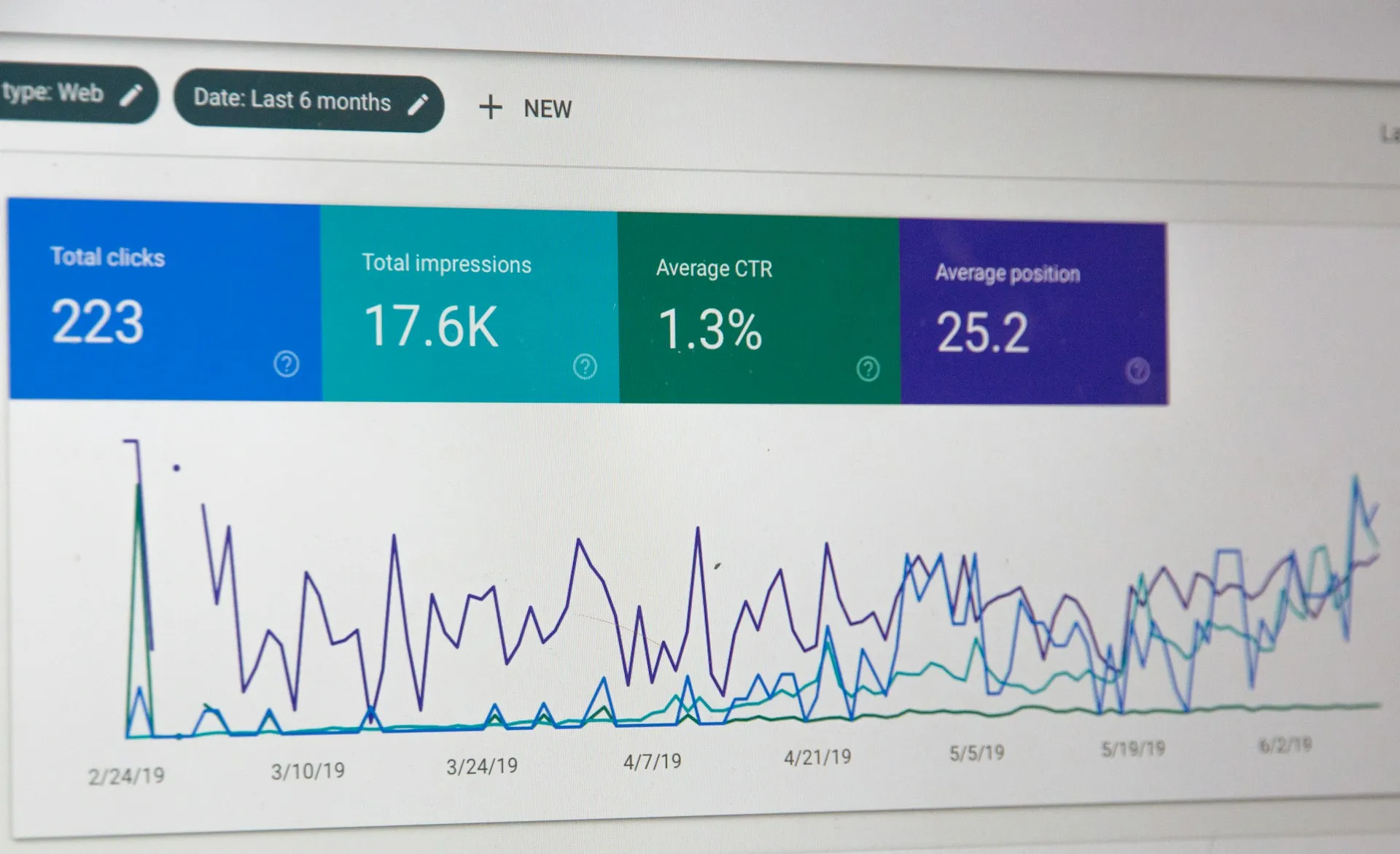12 Proven SEO Content Writing Strategies to Rank Higher
Struggling to Rank on Google? Here’s Why
You spend hours writing content, but no traffic. Worse, competitors with weaker content outrank you.
You’re not the problem; your strategy is.
96.55% of content gets zero Google traffic. That’s because most content doesn’t follow SEO content writing strategies that actually work.
Google’s algorithm rewards:
- User intent – Does your content answer the search query?
- E-E-A-T – Are you credible and trustworthy?
- Engagement – Do readers stay, click, and interact?
If your content isn’t built for this, it won’t rank. But here’s the fix: Stop guessing. Start optimizing. I’ll show you proven strategies that drive real results. Let’s dive in.
12 Best SEO Content Strategies to Increase Traffic & Engagement

Driving consistent organic traffic requires a strategic approach to SEO content. These proven strategies will help improve rankings, boost engagement, and increase visibility in search results.
1. Optimize Keyword Placement & Targeting
Search intent matters more than keyword density. Placing keywords strategically in titles, headers, and content enhances relevance without overstuffing.
Actionable Tip: Use primary keywords naturally in the first 100 words, H1 tags, and meta descriptions. Support them with semantically related terms.
2. Leverage Topic Clusters & Related Keywords
Organizing content into topic clusters strengthens topical authority and boosts relevance for broad keyword themes.
Actionable Tip: Create pillar pages with supporting blog posts that interlink. Use related keywords and NLP-based terms to expand content depth.
3. Create High-Quality, EEAT-Driven Content
Google prioritizes Expertise, Experience, Authoritativeness, and Trustworthiness (EEAT). Demonstrating credibility enhances rankings.
Actionable Tip: Cite reputable sources, showcase credentials, and provide original research or case studies to add depth.
4. Enhance On-Page & Technical SEO
Well-structured content and a technically optimized site improve crawlability and ranking potential.
Actionable Tip: Use schema markup, optimize images, and maintain a clean URL structure. Fix broken links and implement canonical tags to avoid duplicate content.
5. Optimize Meta Descriptions & Titles
Compelling titles and meta descriptions improve click-through rates (CTR) and search visibility.
Actionable Tip: Keep titles under 60 characters, use numbers or power words, and craft meta descriptions with a clear value proposition.
6. Strengthen Internal Linking
Internal links guide users and search engines through your content, improving site structure and distributing link equity. A strong internal linking strategy can boost rankings for target pages.
Actionable Tip: Link to relevant, high-value pages using descriptive anchor text. Prioritize linking to cornerstone content and high-converting pages.
7. Build High-Quality Backlinks
Authoritative backlinks remain a top-ranking factor. Earning links from reputable sources signals credibility and improves domain authority.
Actionable Tip: Focus on guest posting, digital PR, and resource link building. Tools like Ahrefs or Semrush help analyze and acquire quality backlinks.
8. Improve Page Speed for Better Rankings
Google prioritizes quick-loading sites. A one-second delay can reduce conversions by 20% and increase bounce rates.
Actionable Tip: Compress images, enable caching, and use a CDN. Test speed with Google PageSpeed Insights and make necessary adjustments.
9. Focus on User Experience & Retention
Engagement metrics like dwell time and bounce rate affect rankings. A smooth, engaging site experience encourages visitors to stay longer.
Actionable Tip: Use clear navigation, scannable content, and interactive elements. Ensure mobile friendliness and eliminate intrusive pop-ups.
10. Refresh & Update Old Content
Google rewards fresh content. Updating old articles with new insights, keywords, and media can lead to ranking improvements.
Actionable Tip: Identify underperforming pages in Google Search Console and refresh them with updated data, internal links, and optimized keywords.
11. Use Google Search Console Insights
GSC provides valuable data on search performance, click-through rates, and ranking opportunities.
Actionable Tip: Track queries that generate impressions but low clicks. Optimize those pages for better engagement and visibility.
12. Analyze & Refine with SEO Analytics
SEO isn’t a one-time effort. Regularly tracking performance ensures ongoing improvements.
Actionable Tip: Use Google Analytics and Semrush to monitor organic traffic, keyword rankings, and user behavior. Adjust strategies based on data trends.
Effective Keyword Research for SEO Content
Targeting the right keywords is key for ranking and attracting the right audience. Long-tail keywords, which make up 70% of search queries, are highly effective for driving traffic and conversions.
How to Find the Right Keywords:
- Use SEO Tools: Google Keyword Planner, Ahrefs, and SEMrush reveal search volume, competition, and intent.
- Analyze Competitor Content: Identify ranking keywords and content gaps. Tools like Ubersuggest help uncover these opportunities.
- Leverage Search Features: Google’s “People Also Ask” and autocomplete suggest real user queries worth targeting.
How to Use Keywords Effectively:
- Focus on Intent: “Buy waterproof storage boxes” signals purchase intent, while “best waterproof storage boxes” targets comparison shoppers.
- Optimize Naturally: Place keywords in titles, subheadings, and the first 100 words. Avoid keyword stuffing.
- Use Semantic Variations: Google understands related terms, so mix in synonyms and LSI (Latent Semantic Indexing) keywords.
On-Page SEO Tips for Content Optimization
Optimizing your content for search engines improves rankings and user engagement. Proper on-page SEO ensures Google understands your content and ranks it for relevant searches.
Essential On-Page SEO Elements:
- Title Tags & Meta Descriptions: Keep titles under 60 characters and include the primary keyword. Write compelling meta descriptions (150-160 characters) to boost click-through rates.
- Header Tags (H1, H2, H3): Use H1 for the main title and H2-H3 for structured sections. This improves readability and keyword relevance.
- URL Structure: Keep URLs short, readable, and keyword-rich. Example: yourwebsite.com/seo-content-tips instead of yourwebsite.com/p=12345.
- Keyword Placement: Naturally integrate keywords in the title, first 100 words, subheadings, and throughout the content without stuffing.
- Internal & External Links: Link to authoritative sources and relevant internal pages to enhance credibility and user experience.
- Image Optimization: Compress images for faster loading and use descriptive alt text for accessibility and SEO.
Enhancing Content Engagement for SEO
Enhancing content engagement is crucial for boosting your SEO performance. When users interact with your content—through comments or clicking calls-to-action (CTAs)—it signals to search engines that your content is valuable.
While social shares can increase your content’s visibility and drive traffic, they are not direct ranking factors in Google’s algorithm. However, the increased exposure from social sharing can lead to more backlinks and organic traffic, which positively influence search rankings.
CTAs play a pivotal role in driving user interaction and conversions. According to HubSpot, personalized CTAs convert 202% better than basic ones. Incorporating clear and compelling CTAs encourages readers to engage more deeply with your content, thereby increasing on-page time and signaling content value to search engines.
How to Improve Site Structure and SEO with Internal Links
Internal linking is a powerful SEO strategy that enhances your website’s structure and boosts search engine rankings. By connecting related pages, you help search engines understand your site’s hierarchy and distribute link equity effectively.
Internal Linking Best Practices for SEO
- Use Descriptive Anchor Text: Employ clear, relevant keywords in your anchor text to inform search engines and users about the linked page’s content. Google advises using descriptive text for better context.
- Link to High-Value Pages: Direct internal links toward pages that are crucial for conversions or provide comprehensive information. This strategy signals their importance to search engines.
- Regularly Audit and Update Links: Ensure all internal links are functional and relevant. Regular audits help identify and fix broken links, enhancing user experience and SEO performance.
How to Rank for Featured Snippets

Optimizing your content for featured snippets can significantly enhance visibility and drive organic traffic. Featured snippets, often termed “position zero,” are concise answers displayed at the top of Google’s search results, directly addressing user queries.
Key Strategies to Rank for Featured Snippets:
- Target Long-Tail and Question-Based Keywords: Focus on specific, question-like queries that often trigger featured snippets. According to research, long-tail keywords are more likely to generate featured snippets.
- Structure Content Effectively:
- Use Clear Headings: Incorporate headings that mirror common search queries, such as “What is [Topic]?”
- Provide Concise Answers: Immediately follow headings with brief, informative responses, ideally within 40-60 words. This format aligns with Google’s snippet preferences.
- Utilize Lists and Tables: For processes or data, format information into bullet points, numbered lists, or tables to increase the chances of capturing list or table snippets.
- Implement Schema Markup: Incorporate structured data, such as FAQ or How-To schema, to help search engines understand your content’s context, enhancing the likelihood of being featured.
- Maintain High-Quality Content: Ensure your content is accurate, up-to-date, and provides comprehensive coverage of the topic. High-quality content is more likely to be selected for featured snippets.
How to Measure SEO Content Success
Measuring the success of your SEO content is crucial for understanding its impact and guiding future strategies. By focusing on key performance indicators (KPIs) and utilizing specialized tools, you can gain valuable insights into your content’s effectiveness.
Key SEO Metrics to Track for Content Performance
- Organic Traffic: Monitor the number of visitors arriving at your site through unpaid search results. An increase in organic traffic indicates improved visibility and effective SEO practices.
- Keyword Rankings: Track your website’s position in search engine results for targeted keywords. Higher rankings often lead to increased traffic and visibility.
- Click-Through Rate (CTR): Measure the percentage of users who click on your link after seeing it in search results. A higher CTR suggests that your title and meta description are compelling and relevant.
- Conversion Rate: Assess the percentage of visitors who complete a desired action, such as making a purchase or subscribing to a newsletter. This metric indicates the quality of your traffic and content effectiveness.
- Bounce Rate: Determine the percentage of visitors who navigate away from your site after viewing only one page. A high bounce rate may signal irrelevant content or poor user experience.
Essential Tools for Monitoring SEO Performance:
- Google Analytics 4 (GA4): Offers comprehensive data on user behavior, traffic sources, and conversion tracking, enabling you to evaluate the performance of your SEO efforts.
- Google Search Console: Provides insights into your site’s search performance, including keyword rankings, CTR, and indexing status. It’s essential for identifying and resolving technical issues.
- Ahrefs: A robust tool for tracking keyword rankings, analyzing backlinks, and conducting competitive analysis to inform your SEO strategy.
- Semrush: Offers a suite of tools for keyword research, site audits, and tracking organic traffic, helping you optimize your content and monitor performance.
Regularly analyzing these metrics with the appropriate tools will provide a clear picture of your SEO content’s success, allowing you to make informed decisions and refine your strategies for better results.
How to Optimize SEO Content for Voice Search and AI
To ensure your SEO content remains effective in the evolving digital landscape, it’s essential to optimize for voice search and integrate AI-driven strategies. With the increasing prevalence of voice-activated devices and AI’s influence on search algorithms, adapting your content is crucial for maintaining visibility and engagement.
Optimizing Content for Voice Search
Voice search is transforming how users interact with information, with projections indicating that by 2025, over 50% of search queries will be voice-driven.
To align your content with this trend:
- Use Conversational Keywords: Incorporate natural, question-based phrases that mirror everyday speech patterns. For example, instead of targeting “best SEO strategies,” optimize for “What are the best SEO strategies for small businesses?”
- Implement Structured Data Markup: Utilize schema markup to help search engines understand your content’s context, increasing the likelihood of appearing in voice search results. Implementing FAQ or How-To schema can be particularly beneficial.
- Enhance Local SEO: Voice searches often have local intent. Ensure your business information is accurate and consistent across online directories, and consider creating content that addresses local queries.
How to Use AI to Improve SEO Content
Artificial intelligence is reshaping SEO by influencing how content is created and ranked. To leverage AI effectively:
- AI-Driven Content Creation: Utilize AI tools to analyze user behavior and preferences, enabling the creation of personalized content that resonates with your target audience. For instance, AI can help identify trending topics and optimal content formats.
- Predictive Analytics: Employ AI to forecast search trends and user needs, allowing you to proactively develop content that meets emerging demands. This approach ensures your content remains relevant and timely.
- Enhanced User Experience: AI can optimize website elements such as load times and navigation, contributing to a seamless user experience. Search engines prioritize sites that offer superior usability, which can positively impact your rankings.
Common SEO Content Mistakes to Avoid
1. Neglecting Search Intent
Creating content without understanding the user’s purpose can lead to misalignment with their needs. Ensure your content addresses the specific questions or problems your audience is seeking to resolve.
2. Keyword Stuffing
Overloading content with keywords in an attempt to manipulate search rankings can result in penalties from search engines. Focus on the natural incorporation of keywords to maintain readability and relevance.
3. Overlooking Mobile Optimization
With a significant portion of users accessing content via mobile devices, ensuring your website is mobile-friendly is imperative. Neglecting this can lead to poor user experience and lower search rankings.
4. Ignoring Internal Linking
Failing to include internal links can hinder site navigation and the distribution of link equity. Strategically linking related content enhances the user experience and aids search engine crawling.
5. Producing Low-Quality or Duplicate Content
Creating content that lacks originality or value can diminish credibility and search rankings. Focus on delivering unique, informative, and engaging content to attract and retain your audience.
Take Your SEO Content to the Next Level
SEO is always evolving, and staying ahead means consistently refining your strategy. High-quality content, optimized for both search engines and real readers, is the foundation of long-term success. Focus on user intent, structure your content for engagement, and leverage AI and data-driven insights to maintain visibility.
Keep testing, tracking, and improving—SEO isn’t a one-time effort. If you need expertly crafted content that enhances online visibility and drives results, check out more insights on our blog or reach out for professional SEO content writing.
FAQ: SEO Content Strategies
SEO content strategies are structured plans to create, optimize, and distribute content that ranks well on search engines. Key strategies include targeting user intent, using internal linking, optimizing on-page elements, and improving readability.
Write SEO-friendly content by researching keywords, structuring content with headings, using short paragraphs, and optimizing meta descriptions. Ensure fast page speed, mobile-friendliness, and high-quality, EEAT-driven content for better rankings.
Examples of SEO content writing include blog posts optimized for long-tail keywords, product descriptions with structured data, and pillar pages with topic clusters. FAQ sections and how-to guides also help capture featured snippets.
The top three SEO strategies are:
1. Targeting user intent – Create content that answers search queries.
2. Optimizing on-page SEO – Use strategic keyword placement, meta tags, and internal links.
3. Building high-quality backlinks – Earn links from authoritative sites to improve rankings.





